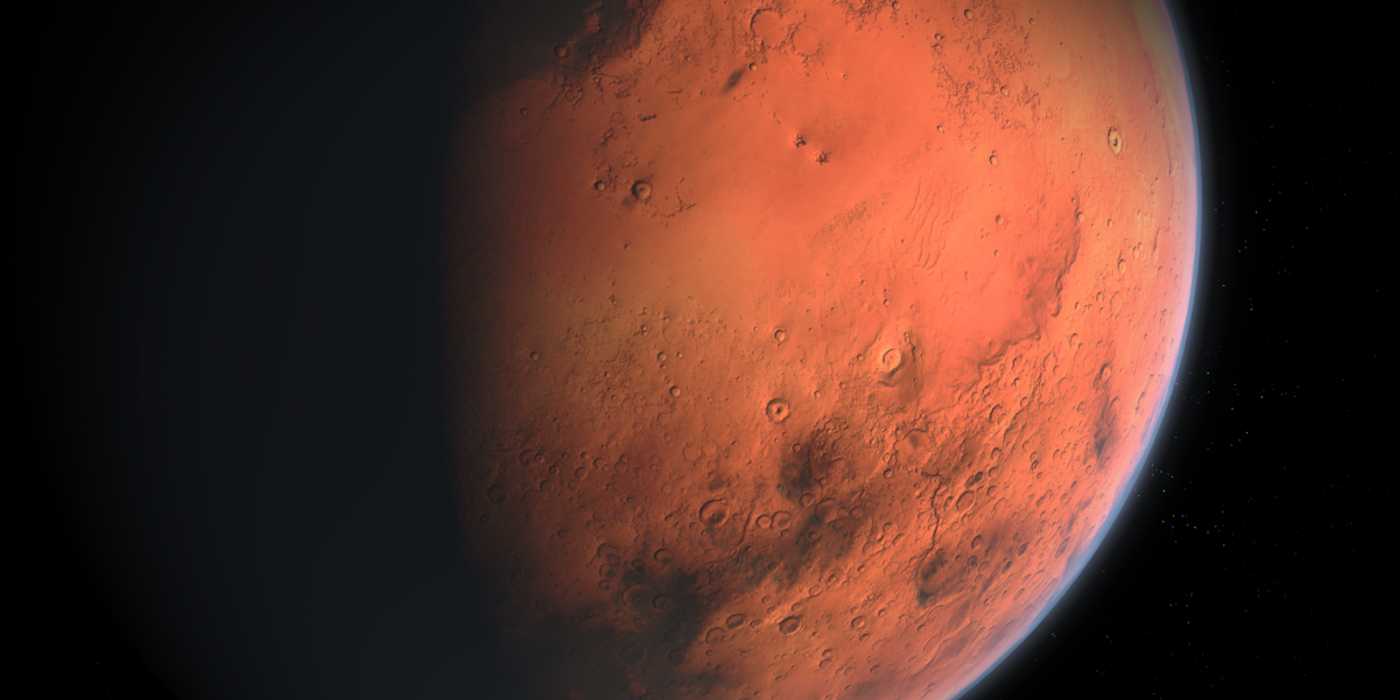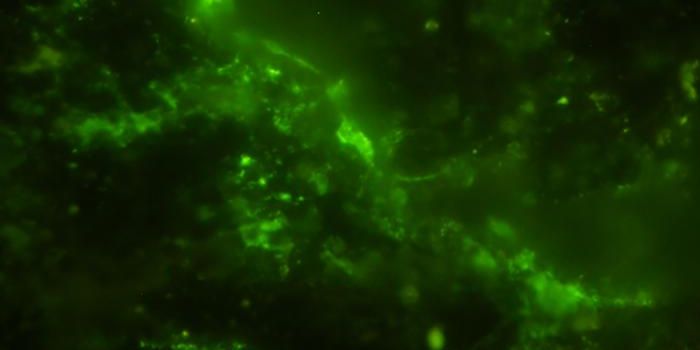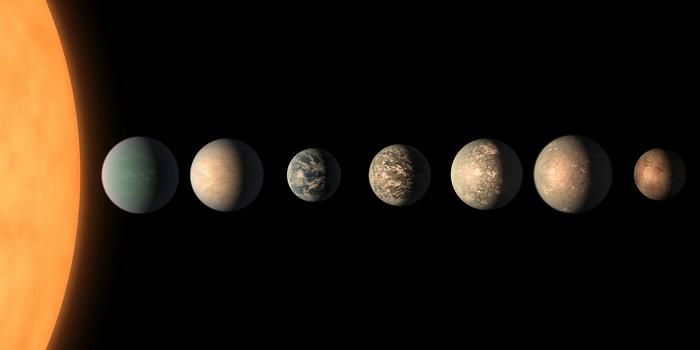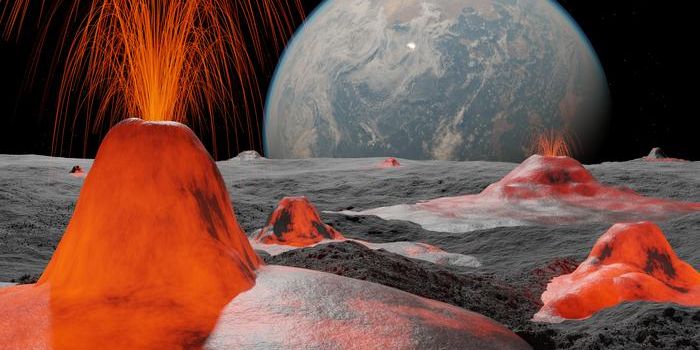Do Salt and Melting Ice Cause Landslides on Mars?
Recurrent slope lineae (RSL) are dark flows that extend downhill on Mars to form sandy patterns on its surface. Researchers have previously suggested they are made of liquid debris or dry granules. And now, researchers from the SETI Institute have proposed a new theory describing where they are likely to develop.
In their new theory, the SETI team say that RSL's are created by a two-step process. To begin, underground water ice mixes with chlorine salts and sulfates. There, they give rise to a slurry that destabilizes dust, broken rocks, and other materials above. From then, dry wind and dust storms blow this destabilized material across Mars's surface to create new patterns.
While the researchers have not been able to base their theory on live evidence from Mars itself, they have observed similar phenomena in various places on Earth that are similar to the Martian environment.
For this study in particular, they based their findings on data collected from the Dry Valleys in Antarctica, where both soil geology and temperatures are very similar to those found on Mars, as confirmed by the Phoenix Lander and Mars Reconnaissance Orbiter (MRO).
To test their theory, they conducted lab experiments to see what would happen if they froze and thawed Mars analog samples made from chlorine salts and sulfates at temperatures similar to those on Mars.
"Probing the low-temperature behavior of Mars analog permafrost in the lab with infrared spectroscopy revealed that thin layers of liquid-like water were forming along grain surfaces as the salty soils thawed under subzero, Mars-like temperatures," says Merve Yeşilbaş, one of the study's authors.
As such, the researchers found that this microscale liquid may migrate beneath the Martian surface, transferring water molecules between sulfates and chlorides as it goes. Lab tests using color indicators to mark these sulfate-chloride reactions further indicated both subsurface hydration of these salts and that they migrate throughout soil grains.
"I was thrilled to observe such rapid reactions of water with sulfate and chloride salts in our lab experiments and the resulting collapse and upheave of Mars analog soil on a small scale, replicating geologic collapse and upheave features in karst systems, salt reservoirs, and edifice collapse on a large scale," said Janice Bishop, lead author of the study.
"The presence of elevated concentrations of sulfates and chlorides a few centimeters below the harsh surface landscape in Wright Valley presents the intriguing possibility that these water-related mineralogical associations and attendant processes could exist on Mars as well." says Zachary Burton, one of the authors of the study.
Sources: SETI, Universe Today









